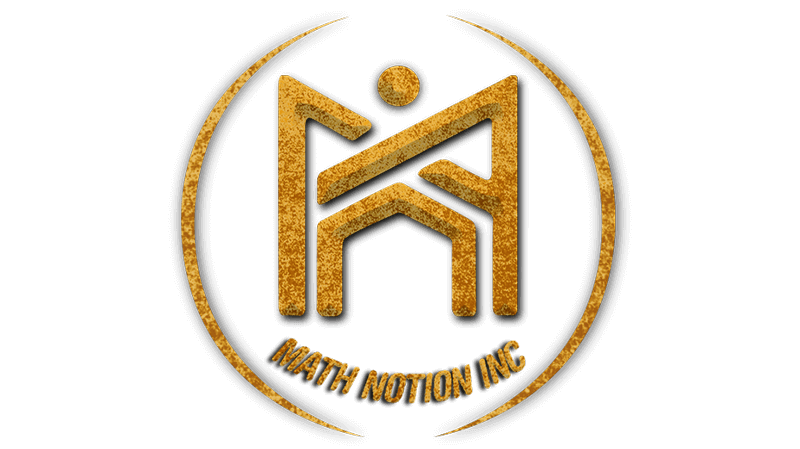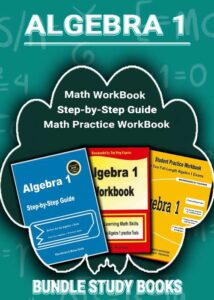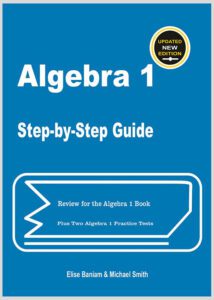
Study Time: 2minutes
What is Algebra 1?
Algebra 1 is one of the foundational math courses offered to middle and high school students, typically covering essential algebraic concepts that students will build upon in higher math courses. Understanding Algebra 1 is crucial for students aiming to progress in fields that rely on mathematical reasoning and problem-solving. This article explores what Algebra 1 is, why it’s important, and what topics are typically covered.
1. What is Algebra 1?
Algebra 1 is a math course that introduces students to the basics of algebra, a branch of mathematics that deals with symbols and the rules for manipulating those symbols. Unlike arithmetic, which deals with fixed numbers, algebra introduces variables to represent unknowns, allowing for more complex problem-solving and the formation of general solutions to equations.
Algebra 1 is often the first course in a series that includes Algebra 2, Pre-Calculus, and Calculus. Students are introduced to a variety of skills, including solving equations, working with expressions, and analyzing functions, which are all fundamental for higher-level mathematics.
2. Why is Algebra 1 Important?
Algebra 1 serves as the stepping stone for advanced mathematical concepts. Here are a few reasons why it’s essential:
- Foundation for Advanced Math: Algebra is the basis for courses like Geometry, Trigonometry, and Calculus.
- Practical Problem-Solving Skills: Algebra helps in developing critical thinking skills that are applicable in real-world scenarios, from budgeting to data analysis.
- Standardized Tests and College Preparation: Algebra is a fundamental component of standardized tests, including the SAT, ACT, and high school entrance exams.
- Career Opportunities: Many STEM careers require strong algebra skills, making it essential for students considering these fields.
3. Core Topics Covered in Algebra 1
Algebra 1 introduces a range of topics, each focusing on different aspects of mathematical thinking and problem-solving. Below are the major units typically covered:
3.1 Expressions and Operations
- Understanding variables and constants
- Simplifying expressions
- Performing operations on algebraic expressions
3.2 Solving Equations
- Solving linear equations and inequalities
- Using multi-step solutions
- Working with absolute value equations
3.3 Functions
- Definition and identification of functions
- Evaluating functions
- Analyzing and graphing linear functions
3.4 Linear Equations and Graphs
- Understanding the slope and intercepts
- Graphing linear equations
- Writing equations of lines
3.5 Systems of Equations
- Solving systems of linear equations by substitution, elimination, and graphing
- Applications of systems of equations in real-life problems
3.6 Polynomials and Factoring
- Adding, subtracting, and multiplying polynomials
- Factoring techniques, including factoring trinomials and special cases
- Solving quadratic equations by factoring
3.7 Quadratic Functions and Equations
- Introduction to quadratic functions
- Graphing parabolas and understanding their properties
- Solving quadratics using the quadratic formula and completing the square
3.8 Data Analysis and Probability (Optional)
- Basic statistics: mean, median, mode
- Introduction to probability
4. How to Study for Algebra 1
Success in Algebra 1 often depends on a few strategic study habits:
- Practice Regularly: Algebra requires practice, so work on problems daily to strengthen your understanding.
- Seek Help When Needed: Don’t hesitate to ask teachers, tutors, or use online resources like mathnotion or Mathway for assistance.
- Use Visuals: Graphing can make abstract concepts more concrete; visual aids can often help with understanding functions and equations.
- Test Yourself: Regularly take practice quizzes and tests to prepare for exams and reinforce your learning.
5. Frequently Asked Questions about Algebra 1
Q1: Is Algebra 1 hard?
Algebra 1 can be challenging, especially if it’s a student’s first introduction to abstract math. However, with consistent practice, most students can understand and succeed in Algebra 1.
Q2: What grade is Algebra 1 typically taught?
In the U.S., Algebra 1 is usually taught in 8th or 9th grade, although advanced students might take it earlier.
Q3: How does Algebra 1 differ from Algebra 2?
While Algebra 1 introduces foundational algebra concepts, Algebra 2 builds on these ideas with more complex topics like exponential functions, logarithms, and advanced polynomials.
Q4: Can I skip Algebra 1?
Skipping Algebra 1 is generally not recommended unless a student demonstrates proficiency in these concepts, as it forms the foundation for more advanced math.
Conclusion
Algebra 1 is an essential part of any math curriculum, providing students with the skills needed to solve equations, analyze functions, and think logically about problem-solving. Mastering Algebra 1 not only opens doors to advanced mathematical studies but also builds critical thinking skills useful in everyday life. Whether you’re a student looking to prepare for the future or a parent helping your child succeed, understanding the basics of Algebra 1 is a valuable investment.



